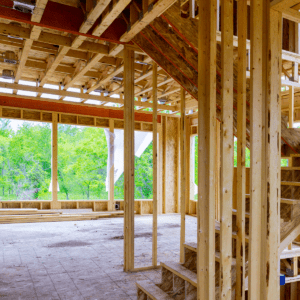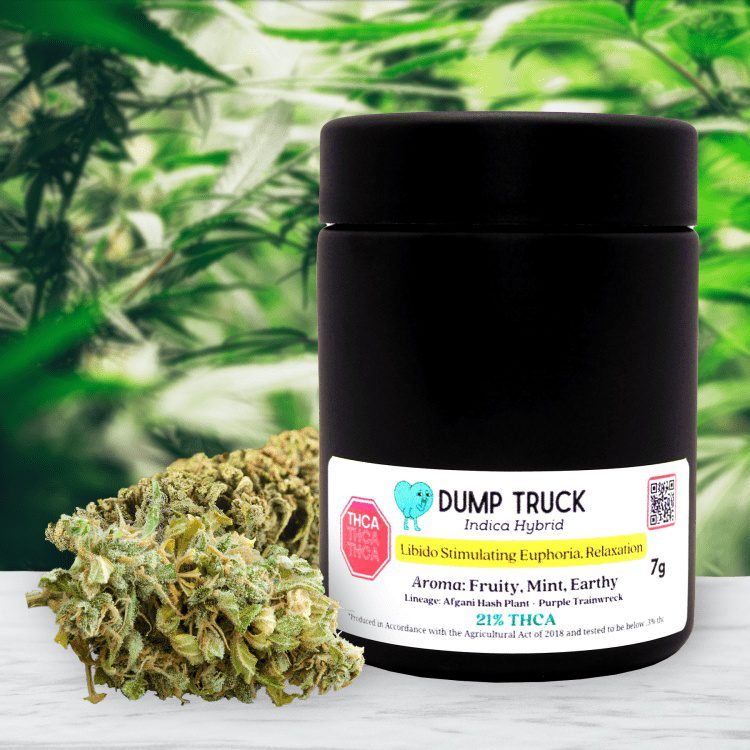An Update on the Hemp-based Housing Industry
Although we are only partway through 2023, the hemp-based housing industry has made exciting strides. The biomass availability on the market has helped expedite research and preliminary building projects exploring the long-term use of hemp as a modern building material. Multiple projects have arisen from the desire to utilize hemp to meet housing demands, each one proving that it is an exciting time in the world of this niche industry.
A Revolutionary Insulation Alternative
One of the alternative housing materials hemp is being substituted for is insulation. According to Attainable Home, “Hemp insulation contains approximately 92 percent hemp and around eight percent polyester fibers. Fire treatment and non-toxic bonding agents constitute the remaining composite.”
As more individuals are becoming concerned about the materials used to build their homes, utilizing hemp as an alternative to traditional insulation materials can be a game changer. In 2021, Hemp Benchmarks reported that the US Department of Energy was in the process of awarding a fellowship to a hempcrete company that produces sustainable building materials, including insulation. The purpose of the fellowship is to observe how hemp-based insulation can be created to not only meet building code but also to maintain affordability.
At the time of this writing, hemp-based insulation is still being tested for affordability and sustainability. However, as more farmers rise to meet the demand for fiber, the closer we get to a breakthrough. At the time of this writing, the demand for hemp fiber outweighs the supply.

Is Hemp a Sustainable Alternative to Wood Building Materials?

When it comes to using a new building material, sustainability is a vital concern. With the cost of building materials still so expensive, finding alternatives is necessary to continue to work towards meeting the housing needs of thousands.
A recent project undertaken by the Sioux tribe in Minnesota with this goal in mind. In August of 2023, MPR interviewed Earl Pendleton, the Lower Sioux Indian Community Council Vice President about their use of hemp being grown to build housing and other buildings. According to Vice President Pendleton, “I think there’s an element to this that’s really hard to measure, but we know for sure that the mold, pests, and fire resistance is something everybody needs. And to cut fuel and cooling bills, heating and cooling bills by up to 75% in Minnesota is an extremely huge advantage to hempcrete.”
Vice President Pendleton added that their goal is to build 140 houses using hempcrete, helping meet the demands for efficient housing. However, this is not the only project working on utilizing hemp as a long-term building material. In June 2022, Texas A&M received a $3.74 Million grant to study the use of 3D-printed hempcrete as a building material in houses.
According to the press release published by Texas A&M, “Sustainability will be further promoted by designing hempcrete structures more resilient to natural hazards than commonly used lightweight wood frame construction.”
How will Growing Hemp for Building Materials Impact Farming Ground?
While hemp grown for fiber can be grown in more compact areas compared to hemp grown for flower or cannabinoid production, it still requires farmland to grow. With the rise in demand for hemp fiber, one has to wonder how much will need to be grown to meet demand? Additionally, will meeting this demand impact farm ground used for other crops?
That depends on the size of the house being built and if any other materials are being used. According to an article published by Dezeen, a house known as Flat House was built by Margent Farm in 2021. It was estimated that it took 100 days to grow the 8 acres of hemp needed to complete the building. While hemp was used to create the building materials, the goal in mind during this project was to see how hemp grown for fiber absorbed carbon.
Where will the Hemp-based Housing Industry Go?
The world of hemp-based housing is an exciting time in architectural history. With more biomass being grown to meet fiber demands coupled with research such as that out of Texas A&M, there is no telling how far the hemp-based housing industry will go. One may be optimistic and go so far as to assume that we may see hemp-based housing materials used commercially in our lifetime.







